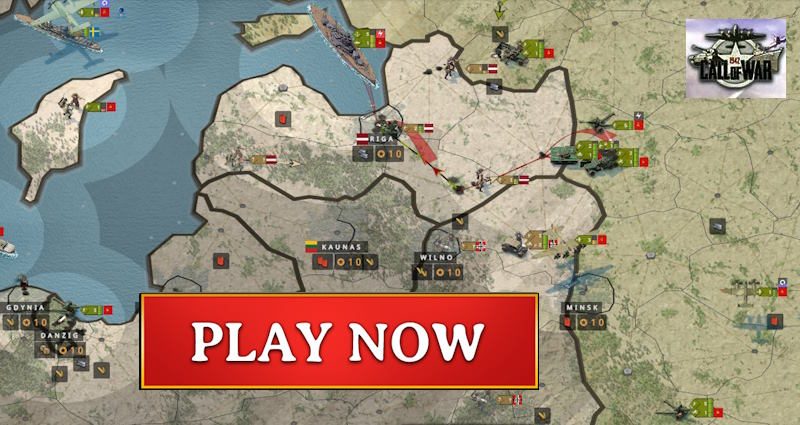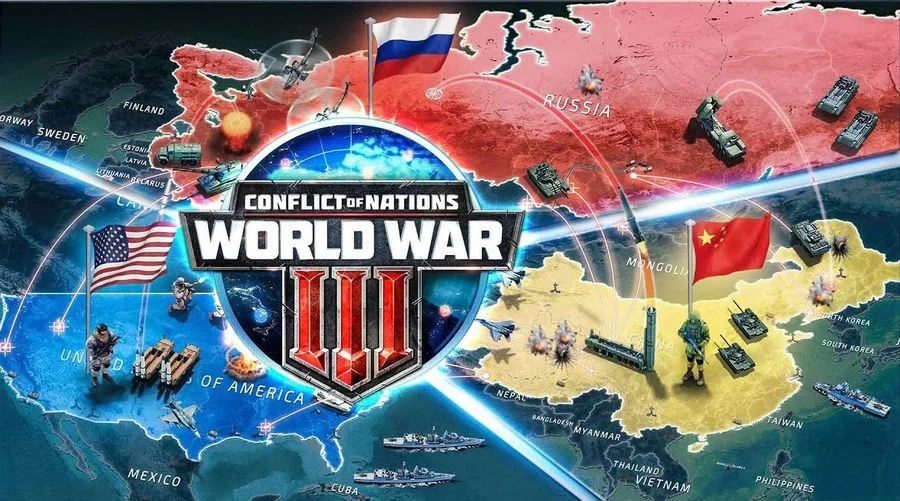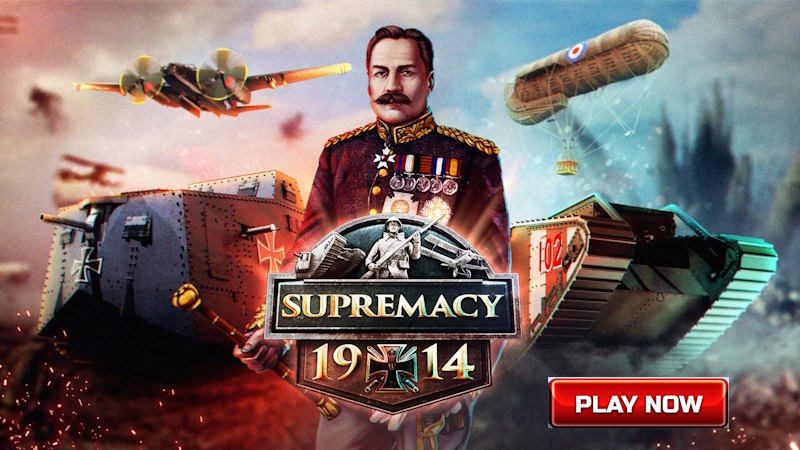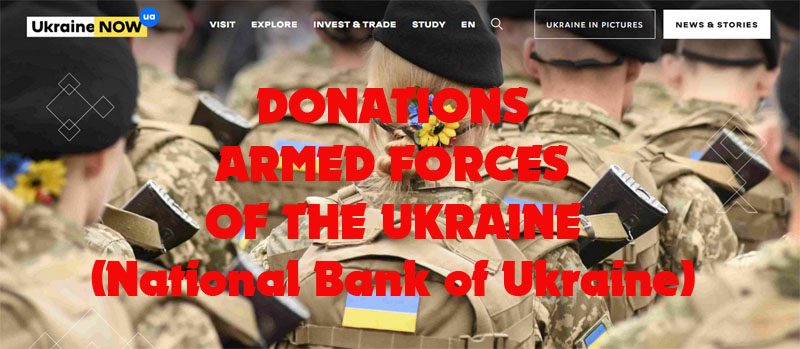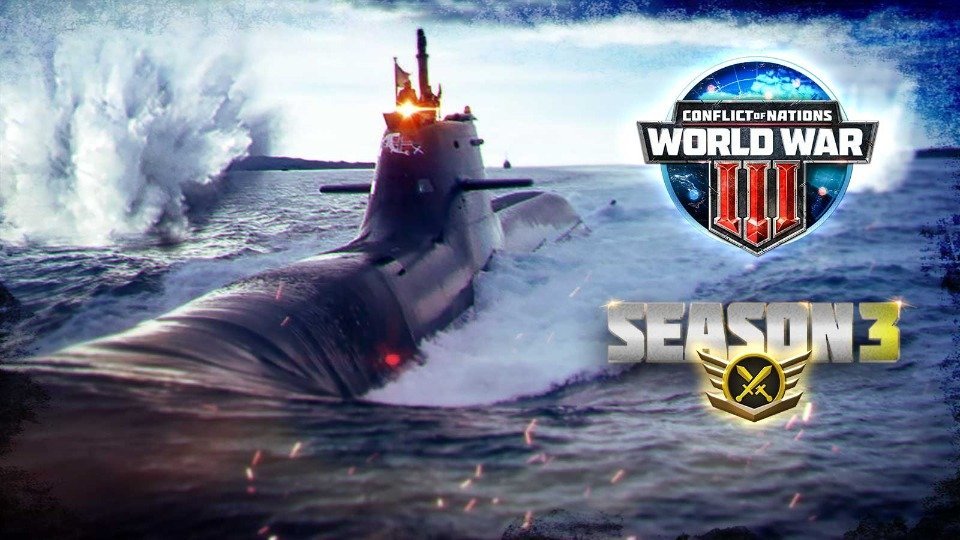WWII Military Knives and Their Modern Custom Knife Counterparts.
Military knives from WWII hold a special place in history. Today, they inspire modern custom knives, combining timeless utility with advanced craftsmanship. Experts highlight the role of these knives in shaping tactical tools. Historians note their importance in trench warfare, covert missions, and daily military tasks. The sturdy materials and simple designs set the foundation for modern blades. Researchers agree that these knives represent a balance of function and heritage.
The legacy of WWII knives lives on in modern creations. These portions are not the best equipment, however, additionally symbols of resilience and ingenuity. Their tale keeps persuading each collector and knife enthusiast these days. This weblog explores this charming evolution, highlighting unique WWII knives and how they encourage today’s artisans.
The Role of Knives in WWII Combat
Table of Contents
During WWII, the unforgiving conditions on battlefields demanded equipment that was equal elements a weapon and a utility knife. A combat knife needed to excel in the chaos of front-line skirmishes, resource in survival situations, and adapt to numerous responsibilities. WWII knives have often been simple but engineered to fulfill rigorous requirements. The blades regularly bore hallmarks, unit insignias, or scratched-out initials, making them deeply non-public objects in a time of extensive adversity.
Why WWII Combat Knives Were Revolutionary
The knives issued throughout WWII addressed the changing nature of battle. The brutal hand-to-hand fight of the trenches and the strategic operations inside the jungle and urban settings demanded designs that prioritized capability, durability, and versatility. These designs laid the foundation for many tactical knives still used and respected today.
Notable WWII Military Knives
Several knives from this period received mythical popularity for their practicality and precision in severe situations. The substances, blade profiles, and production strategies utilized in these designs continue to encourage contemporary knife makers.
1. The Fairbairn-Sykes Fighting Knife
The Fairbairn-Sykes Fighting Knife, created with the resource of Captain William Fairbairn and Captain Eric Sykes, ended up crafted mainly for a near-quarters fight. Its symmetrical, double-edged blade measured about seven inches and featured a tapered tip, ideal for thrusting
This knife has become a popular trouble weapon for British Commandos, SAS operatives, or even American OSS (Office of Strategic Services). Its piercing functionality and ease of carry made it a silent and lethal weapon during covert missions.
2. Ka-Bar USMC Fighting Utility Knife
Produced to begin with for the U.S. Marine Corps, the Ka-Bar is arguably the most iconic American combat knife. It functions as a 7-inch clip-factor blade made of 1095 high-carbon steel. Known for its sturdiness, the Ka-Bar excelled as a multipurpose device for slicing rope, establishing crates, and fighting.
3. M3 Trench Knife
Designed to begin with for the U.S. Army, it turned into lighter than previous trench knives but featured a narrow blade optimized for thrusting. It covered a stacked leather handle and was observed by a leather or webbing sheath.
4. The V-forty two Stiletto
Its skinny, double-edged blade and sharp tip catered to silent eliminations in close combat. The thumb-groove indentation on its take care of showcases considerate ergonomics for particular dealing with stress. These knives, among others, have become legendary not just for their battlefield effectiveness but also for the way. Their balanced performance, robust materials, and simple craftsmanship make them timeless.
Bridging History and Modern Craftsmanship
Modern custom knife-makers are deeply inspired by WWII military knives. They take those practical designs and refine them with superior materials and manufacturing techniques. Many contemporary knife makers additionally imbue these blades with a combination of artistry and personal craftsmanship, balancing aesthetics with performance.
Innovations in Modern Knife-Making
The sturdy materials and simple designs set the foundation for modern custom knives.For instance:
Blade Materials
WWII knives have been regularly crafted from high-carbon metallic, which was clean to sharpen and incredibly robust but vulnerable to rust. Today, artisans use superior stainless steels like CPM-S35VN or MagnaCut, imparting advanced corrosion resistance along with flexibility and aspect retention.
Handles
Traditional WWII combat knives used leather for grip, as seen inside the Ka-Bar. Modern knives now comprise high-tech micarta, G10 laminates, or even carbon fiber that improve ergonomics, water resistance, and sturdiness.
Design Aesthetics
Modern knife-makers also cater to collectors who call for not just characteristic however exceptional custom information. Damascus metal blades with intricate styles, engraved bolsters, and amazing wood or titanium handles turn traditionally styled knives into art pieces.
Modern Custom Knives Inspired by WWII Designs
The legacy of WWII knives lives on inside the services of today’s famous knife-makers. Here are some examples of contemporary knives and how they reimagine classics.
1. Chris Reeve Green Beret Knife
Inspired by military blades, Chris Reeve’s Green Beret Knife balances combat readiness with high-stop precision. Its robust production and full-tang CPM S35VN blade make it a remarkable homage to application knives, just like the WWII Ka-Bar.
2. Fairbairn-Sykes Replica by Noblie Custom Knives
Combining historical accuracy with masterful artistry, this piece is a collector’s dream.
3. Benchmade 375 Adamas Fixed Blade
Benchmade’s tactical designs, mainly the Adamas, showcase sturdy parallels to WWII trench knives like the M3. Featuring top-rate CPM-CruWear metal, this knife is war-geared up but light-weight, reflecting the flexibility prized in wartime equipment.
4. Ka-Bar Becker BK2 Companion
With a thicker blade and improved modern steel, it’s a fitting tribute to its wartime predecessor while adapting to modern outdoor lovers.
5. Neil Roberts Warrior Knife
Designed in collaboration with Bill Harsey, this knife honors fallen SEAL Neil Roberts. Built from high-grade materials and designed for tactical precision, it mirrors the intent in the back of the V-42 Stiletto at the same time as incorporating advancements like extended aspect retention.
What Makes These Custom Knives Special?
Beyond materials and broadened capability, present-day WWII-inspired custom knives honor the background and enduring attraction of their historical counterparts. These knives represent a fusion of records, design, and artistic ambition not often seen. Artisan brands like Noblie Custom Knives focus on one-of-a-kind blades reflecting army traditions. Hand-sold designs with sensitive engravings or warmness-handled edges create collector’s pieces that keep records whilst leveraging modern-day engineering.
The Legacy of WWII Knives in Modern Craftsmanship
WWII knives bridge the beyond with the prevailing. Their practical, minimalist designs serve as an enduring foundation for crafting these days’s flexible tactical and custom knives. Yet this connection is more than purposeful; it’s deeply emotional and cultural. Carrying a knife inspired using WWII designs connects users to testimonies of resilience, struggle-hard reviews, and human ingenuity.
Modern custom knives make sure that this legacy maintains not just to exist however to thrive, proving that equipment engineered for life-or-demise conditions can evolve into works of art with out dropping their roots. By blending modern-day innovation with undying capability, knife-makers pay homage to the bravery and grit of WWII squaddies even as handing over functional masterpieces for the current age.
Whether you notice those modern blades as heirlooms, normal tools, or outstanding collectibles, their connection to WWII designs keeps them relevant and massive. Contemporary craftsmanship ensures they stay tethered to history, while they push limitations in precision and artistry.



